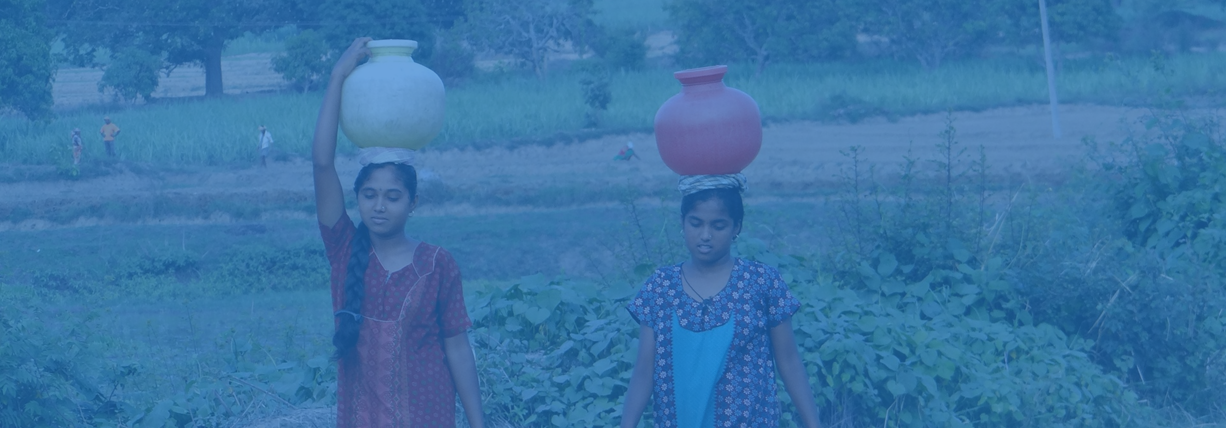Extractive industry companies create and manage their relationships with neighbouring communities in a wide variety of ways; not only through social investment programs and community relations staff, but also through all their staff, contractors and the ways in which they procure goods, build infrastructure and use resources. Positive trusting community relationships can help ensure extractive industries are able to obtain and maintain access to land, have a more stable operating environment and be more resilient to disruptive social pressures. However, some companies fail to recognize the direct impact interactions with community members have on a project’s success. Failure to build and maintain good relationships can lead to high costs, delays, and ultimately to the shut-down of a project. Ed O’Keefe is a director at Synergy Global, a company that offers advisory services in the management of social and community issues in challenging environments. His past 20 years of experience have taught him a great deal about community relations. Here are some of the insights he shared with us.
Sarah Busque: Some extractive companies have a great relationship with their host communities; what are some common links between these companies and their community relations activities?
Ed O’Keefe: Our experience is that extractive companies can do a lot to manage and improve their community relations. At the heart of this lies a challenge; how to manage these issues in the same way as any other aspect of business such as finances, technical or human resources. Large extractive companies tend to be great at managing these other aspects and when they apply the same practices and principles to community relations, it often leads to successful outcomes. There are, however, limits to how much companies are able to manage their community relationships because of external factors such as the nature of the community itself, governance issues, poverty levels or concerns with local and national government capacities. When external influences bear heavily, companies can do a lot to understand the situation and get a more nuanced picture of what is going on. A wider perspective enables them to better respond and continue to manage community relations, even in incredibly difficult circumstances.
S.B.: What needs to be put in place for companies to have and maintain a good relationship with communities?
E. O.: Companies must understand how community relations links to the business and manage this accordingly. They need to understand the context and the social environment in which they operate as well as any requirements that should be met, and how the project evolves within that context. They can then put in place measures to manage impacts, make the most of opportunities, and effectively manage risks. Engaging in a relationship is key, however it can unfortunately be very difficult and complex. On the other hand, some of the real basics are not rocket science: getting out there, understanding the environment, engaging, talking, and listening. The actual challenge is making it happen. It is easy to tell community relations practitioners ‘Go and understand the context’, ‘Go have a relationship’, but often the challenges are more internal, like getting the internal buy-in, the commitment, the support, the resources, and alignment within the company.
S.B.: What are the qualities and competencies required to be an effective community relations practitioner?
E.O.: Some competencies are quite soft skills, personal values, and characteristics that you need to do your job: having empathy for those communities, understanding them, and being able to engage and communicate. Most times we find community relations officers isolated from the rest of the business, but in order to do their work well, they need to understand how their work in community helps to improve business performance and engage with the rest of the company. In the past there has been a lack of recognition of community relations as a professional discipline. People have moved into it from public relations, government relations, communications or sometimes technical backgrounds. The skills that they need have not really been recognized, but increasingly it is being recognized as a professional discipline and it is possible to build up the required competencies. Part of the solution is about recruiting the right people from the outset. More companies are recruiting not only community relations practitioners for those core competencies, but also staff in other parts of the business with community relations competencies. We are seeing exploration companies hiring brilliant geologists, who also have the ability to do community relations as well; it is now seen as a core competency in many areas of work.
S.B.: What would be your final advice regarding community relations?
E.O.: Start early! We have learnt over the years that companies cannot start early enough with investing in and managing community relations. The moment they are on the ground companies establish a relationship with communities, even if they choose not to actively manage it. They should thus acknowledge, understand and manage it because a company, its employees, all of its contractors, and the way that they are affecting the community, is creating a relationship already.
Please note that the opinions and ideas expressed in this article are those of their authors and do not necessarily reflect the opinions and ideas of Boréalis.





